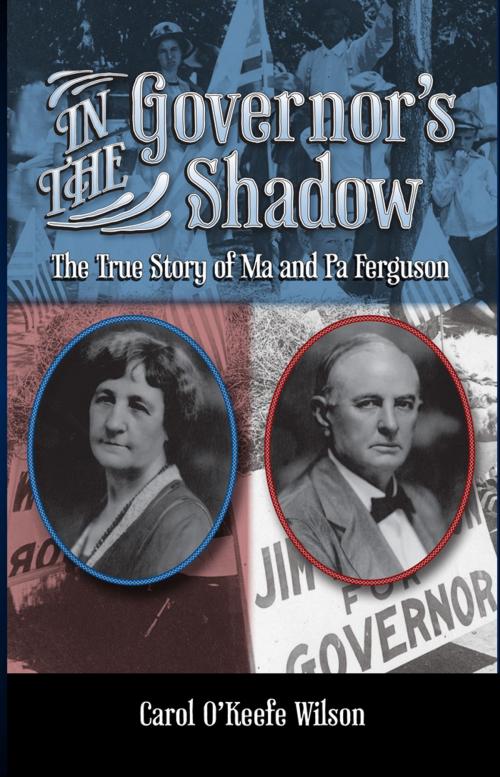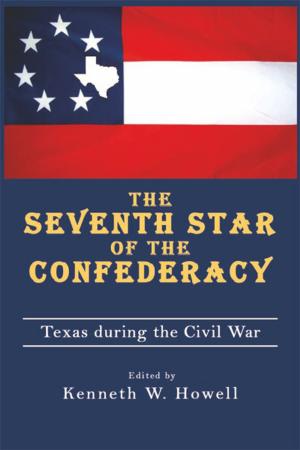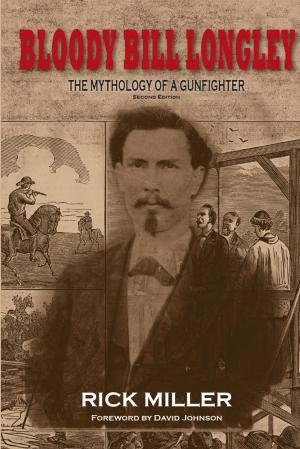In the Governor's Shadow
The True Story of Ma and Pa Ferguson
Nonfiction, Social & Cultural Studies, Current Events, Political Science, Government, Local Government, History, Americas, United States| Author: | Carol O'Keefe Wilson | ISBN: | 9781574415636 |
| Publisher: | University of North Texas Press | Publication: | February 15, 2014 |
| Imprint: | Language: | English |
| Author: | Carol O'Keefe Wilson |
| ISBN: | 9781574415636 |
| Publisher: | University of North Texas Press |
| Publication: | February 15, 2014 |
| Imprint: | |
| Language: | English |
In 1915 Governor James Ferguson began his term in Texas bolstered by a wave of voter enthusiasm and legislative cooperation so great that few Texans anticipated anything short of a successful administration. His campaign was based on two key elements: his appeal to the rural constituency and a temporary hiatus from the effects of the continuous Prohibition debate. In reality, Jim Ferguson had shrewdly sold a well-crafted image of himself to Texas voters, carrying into office a bevy of closely guarded secrets about his personal finances, his business acumen, and his relationship with Texas brewers. Those secrets, once unraveled, ultimately led to charges brought against Governor Ferguson via impeachment. Refusing to acknowledge the judgment against him, Ferguson launched a crusade for regained power and vindication. In 1925 he reclaimed a level of political influence and doubled the Ferguson presence in Austin when he assisted his wife, Miriam, in a successful bid for the governorship. That bid had been based largely on a plea for exoneration but soon degenerated into a scandal-plagued administration. In the Governors Shadow unravels this complex tale, exposing the shocking depth of the Fergusons misconduct. Often using the Fergusons own words, Carol OKeefe Wilson weaves together the incontestable evidence that most of the claims that Jim Ferguson made during his life regarding his conduct, intentions, achievements, and abilities, were patently false.
In 1915 Governor James Ferguson began his term in Texas bolstered by a wave of voter enthusiasm and legislative cooperation so great that few Texans anticipated anything short of a successful administration. His campaign was based on two key elements: his appeal to the rural constituency and a temporary hiatus from the effects of the continuous Prohibition debate. In reality, Jim Ferguson had shrewdly sold a well-crafted image of himself to Texas voters, carrying into office a bevy of closely guarded secrets about his personal finances, his business acumen, and his relationship with Texas brewers. Those secrets, once unraveled, ultimately led to charges brought against Governor Ferguson via impeachment. Refusing to acknowledge the judgment against him, Ferguson launched a crusade for regained power and vindication. In 1925 he reclaimed a level of political influence and doubled the Ferguson presence in Austin when he assisted his wife, Miriam, in a successful bid for the governorship. That bid had been based largely on a plea for exoneration but soon degenerated into a scandal-plagued administration. In the Governors Shadow unravels this complex tale, exposing the shocking depth of the Fergusons misconduct. Often using the Fergusons own words, Carol OKeefe Wilson weaves together the incontestable evidence that most of the claims that Jim Ferguson made during his life regarding his conduct, intentions, achievements, and abilities, were patently false.















